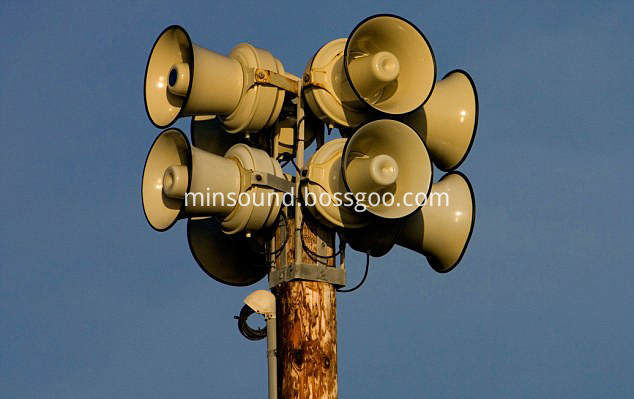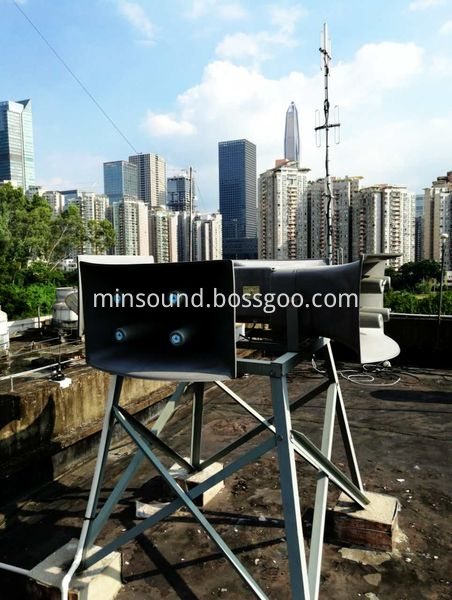According to foreign media reports, the UBM Game Network, the organizer of the Virtual Reality Developers Conference (VRDC), released the first VRDC VR/AR innovation report. This report brings together the views of more than 500 professionals in the development of virtual reality and augmented reality technology, and interprets the rapidly evolving and diverse VR/AR industry from a unique perspective, for example, market sustainability and facing Challenges, research and development platforms, funding, etc.
The VR/AR industry is in a period of rapid development. Investors have invested a lot of money to expand VR/AR business. This year, leading companies such as Microsoft, Sony and Google have also entered this market. AR technology has been favored by the mainstream market due to the recent application of the fire "Pokémon Go". As the VR and AR markets continue to grow, UBM is committed to providing the industry with the latest information.
In March of this year, UBM hosted the Virtual Reality Developers Conference (VRDC) during the Game Developers Conference. Next, from November 2nd to 3rd, UBM will also organize an independent event for VRDC at the Park Central Hotel in San Francisco, USA. The event will not only be limited to the application of VR and AR technology in games and entertainment, but will extend to the brand. Experience and a variety of innovative uses.

The findings of this VR/AR Innovation Report can be divided into six areas.
What platforms are developers working on?
This year, industry-leading VR/AR helmets have been released by industry-leading companies such as Oculus, HTC, Sony and Microsoft, so the VR/AR industry faces a major problem: which helmets receive the most attention from developers. The survey found that nearly 50% of the technology giants like Microsoft, Sony and Google prefer a more specialized VR/AR company.
When asked which VR/AR platform to choose, 49% of the developers surveyed said it was HTC Vive, 43% was Oculus Rift, and 34% was Samsung Gear VR.
Many of Google's VR/AR products have received considerable attention from developers. Twenty-nine percent of the respondents said they are currently working on the development of cheap cardboard glasses for Google. 15% are developing related products for the mobile-targeted Daydream VR platform.
The percentage of developers interested in Sony's upcoming PlayStaTIon VR helmet and Microsoft HoloLens AR helmet is 13% and 9% respectively.

Will future developers only work with a specific company?
This year, with the introduction of various consumer VR/AR helmets, the question of whether VR/AR games and experiences are limited to one helmet (whether temporary or permanent) has surfaced. Up to 78% of respondents said they would not want to make their own VR games limited to one platform.
Who is paying for this industry?
The report found that nearly 50% of developers use their own funds for development projects, and 33% use the company's existing funds. The proportion of customers, angel investors and venture capitalists is 17%, 13% and 11% respectively.
What is the future of VR/AR development? Is it sustainable?
In response, the investigator asked a simple question: Do you think VR/AR is a long-term sustainable market? 96% of the responses are yes. The 4% with negative views point to some potential challenges for the future of VR/AR.
What is the future challenge?
Although the VR/AR industry is developing rapidly, we must first solve a lot of problems in order to make this industry acceptable to the mass market. In this regard, professionals who are committed to the most cutting-edge work of VR/AR know best. The following are some of the most common challenges raised by respondents.
Disgusting: Nausea is the worst problem when experiencing VR/AR content, and experts worry that it will scare away people who try VR/AR technology.
Pricing: At present, high-end PCs plus Oculus Rift or HTC Vive, the total price is more than 2,000 US dollars, which is likely to exceed the reach of most consumers.
Technical and design barriers: Developers have found it difficult to avoid "motion sickness" in users.
The air defense alarm is an important component of the urban air defense system and an important combat readiness facility. The application of alarms in disaster prediction, air defense shelter, and other fields is more extensive. With the help of the alarm system, large-scale disasters can be better warned. Wartime use for civil air defense is a basic means for people's governments at all levels to implement civil air defense commands and organize personnel evacuation.

Air-Raid Sirens,Air Defense Siren Speaker,civil Defense Siren Speaker,civil Defense alarm,Civil Defense siren
Taixing Minsheng Electronic Co.,Ltd. , https://www.msloudspeaker.com
